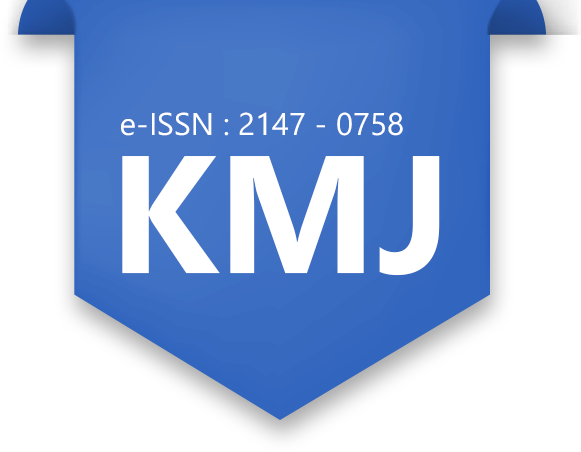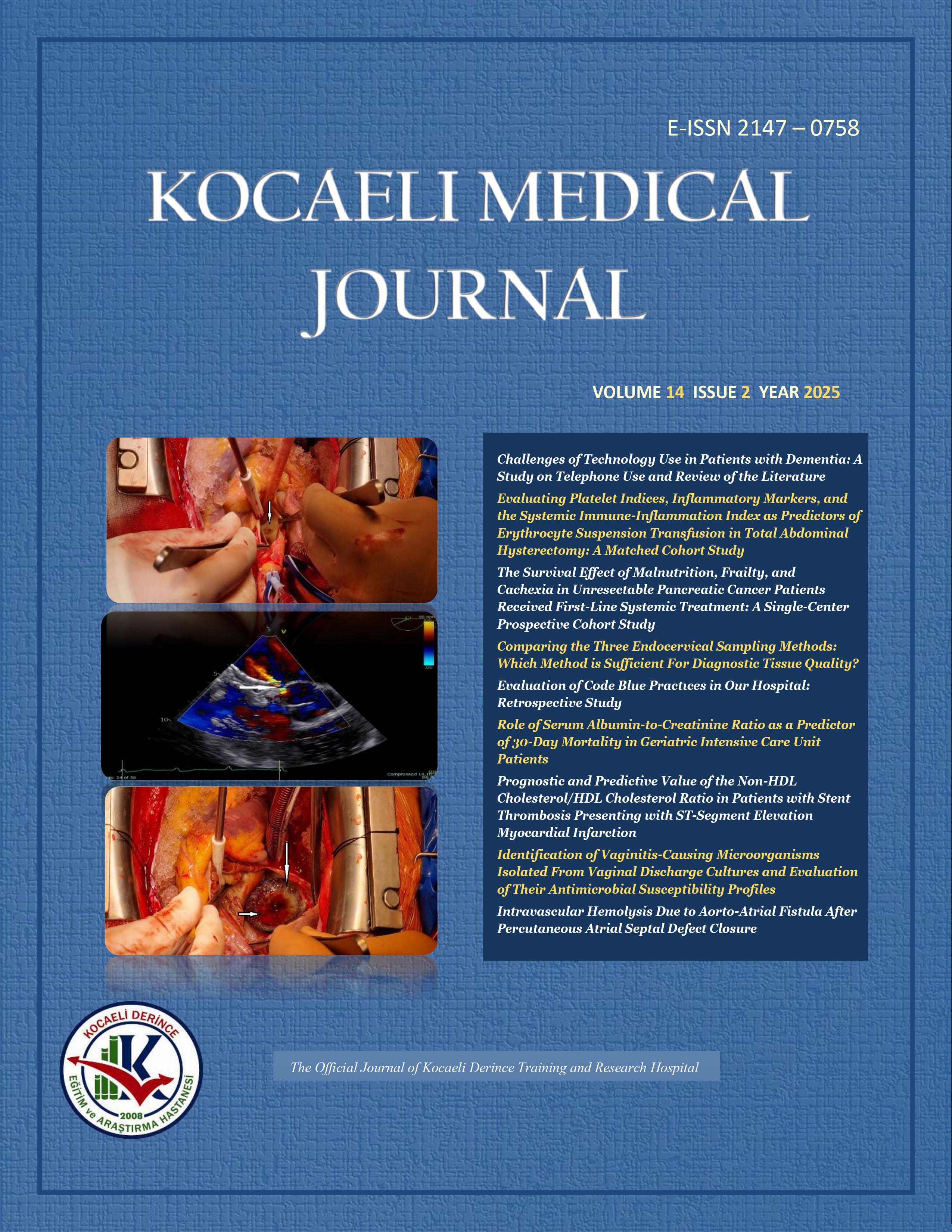
Relation among obstructive sleep apnea, obesity, age and gender: A retrospective study
Seyhan Us Dülger, Tekin Yıldız, Özlem Şengören Dikiş, Halide KayaHealth Sciences University Bursa Yüksek İhtisas Education&research Hospital, Pulmonary Diseases Deparment.INTRODUCTION: The obstructive sleep apneas main risk factors include the male gender, old age, obesity, anatomical abnormalities and heredity. This studys aim is to evaluate the relationship between age, gender and the severity of obesity with the apnea-hypopnea index (AHI).
METHODS: 292 patients were studied retrospectively. Of these, 5 patients who were diagnosed with central sleep apnea were excluded from the study. Patients included in the study (n=287) were divided into subgroups according to Body Mass Index (BMI): BMI<25 kg/m² group 1 (regular); BMI 25-29.99 kg/m² group 2 (overweight); BMI 30-39.99 kg/m² group 3 (obese); BMI 40-49.99 kg/m² group 4 (morbid obese); and BMI≥50 kg/m² group 5 (super morbid obesity). BMI subgroups were compared in terms of AHI. Correlations between AHI, BMI subgroups, gender and age were evaluated statistically. Statistical analyses were carried out with the IBM statistical analysis package for the Social Sciences.
RESULTS: The mean age of patients was 46.78±11.44 years. One hundred and ninety (66.2%) were males and ninety seven (33.8%) were females. The mean BMI and the mean AHI were found to be 31.94±6.61kg/m² and 28.48±30.27kg/m², respectively. Mean AHI value was significantly higher in men than in women (p=0,005). A significant correlation was found (p <0.001) between AHI and the BMI values and between AHI and age. There were statistically significant differences (p <0.001) in the AHI between BMI subgroups.
DISCUSSION AND CONCLUSION: In this study, it was observed that the severity of OSAS increased as the obesity ranking based on the BMI increased.
Keywords: Sleep apnea syndroms, obesity, polysomnography, apnea-hypopnea index
Obstrüktif Uyku Apnesi, Obezite, Yaş ve Cinsiyet İlişkisi: Retrospektif Bir Çalışma
Seyhan Us Dülger, Tekin Yıldız, Özlem Şengören Dikiş, Halide KayaSağlık Bilimleri Üniversitesi Bursa Yüksek İhtisas Eğitim Ve Araştırma Hastanesi, Göğüs Hastalıkları Kliniği.GİRİŞ ve AMAÇ: Obstrüktif uyku apnesinin (OSAS) risk faktörleri erkek cinsiyet, ileri yaş, obezite, anatomik anormallikler ve kalıtımdır. Uyku sırasında solunum kontrolünde bozulma ile karakterizedir. Bu çalışmanın amacı, uyku laboratuarımızda değerlendirilen hastalarda yaş, cinsiyet ve apne-hipopne indeksi (AHİ) ile obezite derecesi arasındaki ilişkiyi değerlendirmektir.
YÖNTEM ve GEREÇLER: 292 hasta retrospektif olarak incelendi. Bunlardan, santral uyku apnesi tanısı alan 5 hasta çalışma dışı bırakıldı. Çalışmaya dahil edilen hastalar (n = 287) Beden Kitle İndeksi (BKİ)ne göre alt gruplara ayrıldı: BKİ <25 kg/m2 grup 1 (normal); BKİ 25-29.99 kg / m2, grup 2 (kilolu); BKİ 30-39.99 kg / m2, grup 3 (obez); BKİ 40-49.99 kg/m2 grup 4 (morbid obez); ve BKİ ≥ 50 kg/m2, grup 5 (süper morbid obez). BKİ alt gruplarının AHİ ortalamaları, AHİ ve cinsiyet, AHİ ve yaş korelasyonları istatistiksel olarak değerlendirildi. İstatistiksel değerlendirmeler IBM statistical analysis package for the Social Sciences (SPSS) ile yapıldı.
BULGULAR: Hastaların ortalama yaşı 46,78 ± 11,44 yıl idi. Yüz doksan (66,2%) erkek ve doksan yedi (33,8%) kadındı. Ortalama BKİ 31,94 ± 6,61kg/m² ve ortalama AHİ 28,48 ± 30,27 bulundu. AHİ - BKİ değerleri ve AHİ-yaş arasında iki yönlü bir ilişki (p <0.001) vardı. AHİye göre, BKİ alt grupları arasında istatistiksel olarak anlamlı fark bulundu (p <0.001). AHİ ortalaması kadınlara göre erkeklerde anlamlı olarak yüksek bulundu (p=0,005).
TARTIŞMA ve SONUÇ: Bu çalışmada, obezite derecesi arttıkça, OSASın şiddetinin arttığı gözlenmiştir.
Anahtar Kelimeler: Uyku apne sendromu, obezite, polisomnografi, apne-hipopne indeksi
Manuscript Language: English












